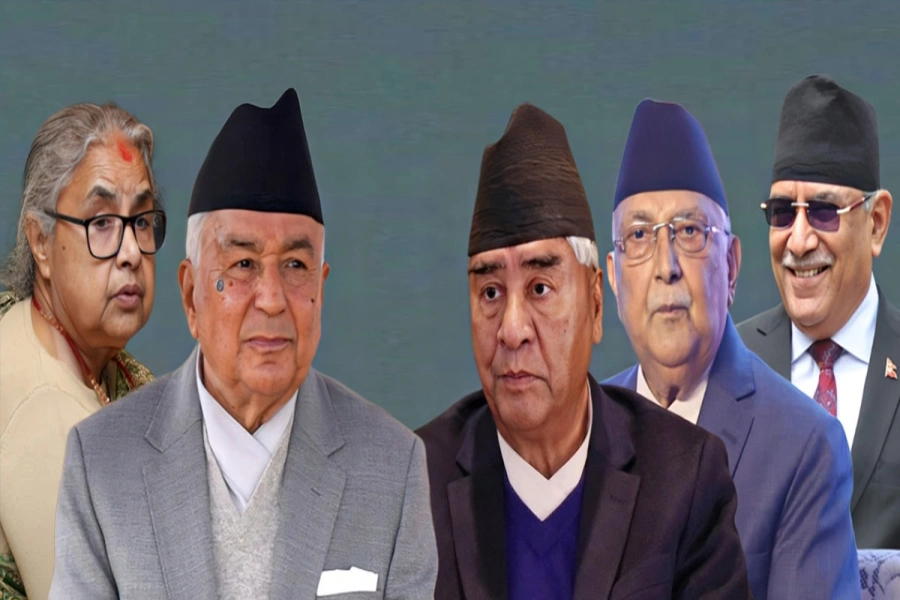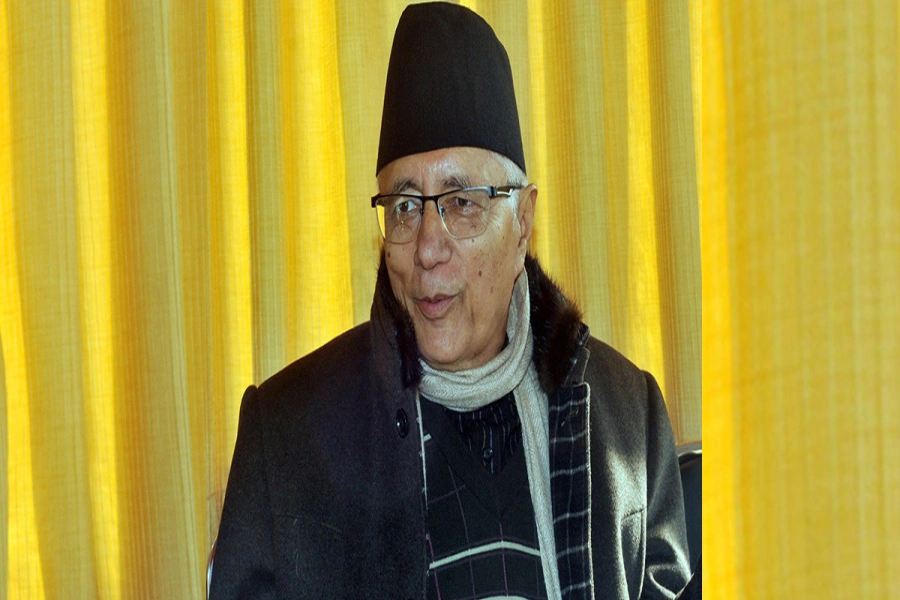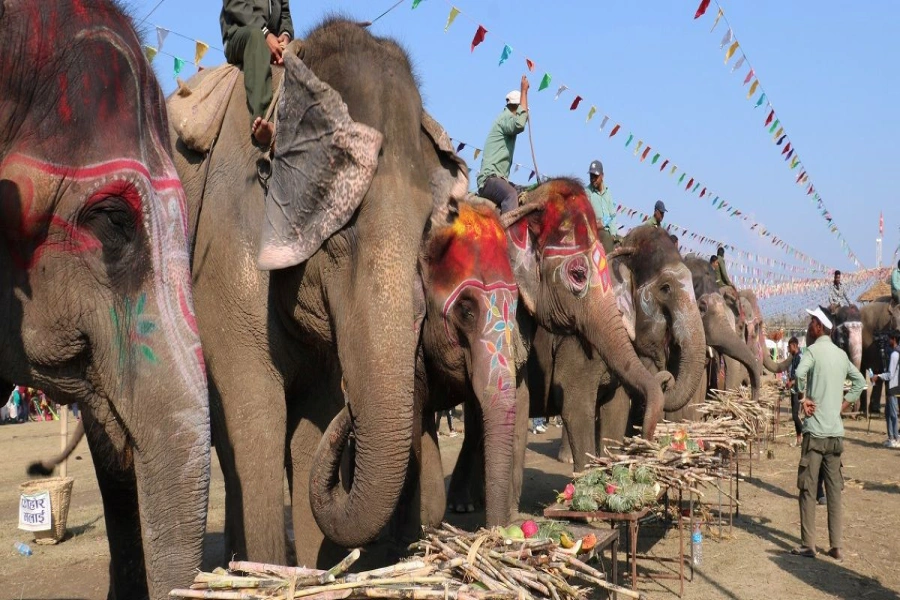Taxes levied on imports at Bangladesh customs is primary obstacle to Nepal’s exports. The high taxes arise from customs duty, para-tariff and overvaluation of certain products for customs purposes
Kakarvitta (Nepal)-Panitanki (India)-Fulbari (India)-Banglabandha (Bangladesh) road corridor that hosts almost all of Nepal-Bangladesh trade is a mere 54 km stretch. Judging by the proximity, the size of Bangladesh’s economy, its impressive and persistent economic growth over the past decades and the fact that Nepal and Bangladesh are signatories to more than a few agreements that aspire to bolster trade, one would surmise that this corridor is bustling with truckloads of Nepali goods making their way to Bangladesh. However, the reality defies the common sense. While Nepal’s imports from Bangladesh have risen substantially since 2006, its exports to Bangladesh, composed of only a handful of products, have seen a meteoric decline.
Against this background of Nepal’s dismal exports to Bangladesh and the burgeoning interest of both the nations’ governments to negotiate a trade agreement to stimulate trade between the nations, South Asia Watch on Trade, Economics and Environment (SAWTEE) undertook a study with a view to provide valuable information to the negotiators on how best to bolster Nepal’s exports to Bangladesh.
The first step of this assessment was to analyze whether Nepal indeed has products that could be exported in significant amount, without which the trade agreement would merely be symbolic. Our study, which focused on potential agricultural products, identified at least 74 such products that could be exported to Bangladesh. The methodology, to put it simply, entailed finding agricultural products that Nepal has been exporting to the world in a significant amount and ensuring that these products have substantial import demands in Bangladesh. Furthermore, products that have been designated as priority products by the government of Nepal, for instance through Nepal Trade Integration Strategy, and products identified by local exporters and private sector bodies as potential exports to Bangladesh were also included. The agricultural products, thus identified, include animal products (meat, dairy, and honey), vegetables, fruits, tea, coffee, and spices, medicinal plants, animal/vegetable oils/fats, prepared foodstuffs/beverages, animal feed and essential oils.
After assurances that there are products carrying major export potential to Bangladesh, a natural question that has to be answered is: What impedes the exports of these products? To answer this, along with the study of available studies and reports, an in-depth consultations with exporters and relevant private sector associations, primarily in Biratnagar and Jhapa, which are the major industrial centers located near Nepal-Bangladesh trade corridor, were conducted. This assessment has brought out the major barriers that are currently impeding Nepal’s exports to Bangladesh.
40 MW export to Bangladesh: Nepal's leap in power trade

Barriers of export
First, among a handful of barriers, taxes levied on imports at Bangladesh customs is the primary obstacle to Nepal’s exports. The high taxes arise from broadly three components: customs duty (or the tariff), other charges and taxes (or the para-tariff) and the need for overvaluation of certain products for customs purposes.
Customs duty on products is usually high in Bangladesh. For example, in 2018, average tariff on agricultural goods was 17.5 percent. Furthermore, an overwhelming 60.5 percent of agricultural goods attracted tariff rates between 15 to 25 percent and 38.6 percent of non-agricultural goods attracted tariff rates between 15 to 25 percent. The potential products identified in our study also demonstrated similar incidence of customs duty as majority of them are found to be slapped with tariff rate of 25 percent.
The taxes, however, do not stop at customs duty. There are para-tariffs, which exponentially increase the taxes on imports. The para-tariffs include five other taxes levied on imports: Supplementary Duty (SD), Value Added Tax (VAT), Advance Income Tax (AIT), Regulatory Duty (RD), and Advance Trade VAT (ATV). RD and ATV are strictly para-tariffs as these are levied solely on imports. Similarly, AIT is also withheld only on imports, to be settled when the importer files for income tax. Also, importantly, even apparently trade-neutral taxes, imposed both on imports and domestic production, such as VAT and SD, act as para-tariffs in many instances, as some domestic productions are largely exempt from these taxes through statutory regulatory orders, a point also highlighted by World Bank’s recent study A Glass Half Full: The Promise of Regional Trade in South Asia.
An example of taxes levied on Nepal’s exports to Bangladesh makes the point clearer. While customs duty of 25 percent is applied to black tea, the total tax incidence is much higher at 91.37 percent as a result of other taxes we discussed earlier.
Nepal’s competitiveness on certain products is further hurt by the fact that Bhutan enjoys duty-free and charges-free exports for 18 products under the Bangladesh-Bhutan bilateral trade agreements. Several of these products (such as large cardamoms, ginger, vegetables, fruits and juices) are also the products that Nepal could export to Bangladesh. However, the fact that Nepal has to pay hefty taxes but Bhutan doesn’t makes it difficult for Nepali products to compete with their Bhutanese counterparts. For instance, this was identified as the sole reason for large cardamoms, one of the biggest exports of Nepal to the world, not making its way to Bangladesh.
Although not strictly a tax on imports, Nepali exporters of certain products end up having to pay more in taxes as they are made to inflate the valuation of their goods at Bangladesh customs in order to meet Bangladesh’s reference price. For example, ginger worth US$225 per tonne in Nepal clears Bangladesh customs being valued at US$ 900 per tonne, and chiraito (a medicinal plant) worth US$ 1,250 per tonne in Nepal is valued at Bangladesh customs at US$ 1,600 per tonne.
The aforementioned discussions on taxes on imports have important implications for the trade negotiators. Agreeing to only reduce or eliminate customs duty is not going to have significant impact on promoting Nepal’s exports. The agreement has to also eliminate or substantially reduce the para-tariffs so that a level playing field is created. Needless to say, the agreement has to ensure duty-free and charges-free entry for potential exports (for example, large cardamoms) that Bhutan is currently enjoying.
Tax and payment
High taxes on imports are not the only issue. The issue of non-tariff measures, which are policy measures, other than customs tariffs that affect the trade of goods, also loom large. For example, Bangladesh has specific product requirements such as radioactivity requirements, fumigation requirements, etc that Nepali exporters have to comply with. Merely complying is not enough, however, since testing and certifications (such as radiation testing, fumigation certifications, and phytosanitary certificates) have to be provided. These certificates add time and cost to exporters and are not always available, and in some cases not accepted by the importing countries. Although currently these measures are only occasionally used against Nepali exporters at Bangladesh customs, the quality and certification issues might emerge in the future as a major barrier when exports start to increase.
Likewise, there is also the payment issue. Nepali exporters are not able to avail the use of advance payment provisions while exporting to Bangladesh as a result of restrictions imposed by Bangladesh. Furthermore, Nepali exporters also complain about habitual delays in L/C payments and reduction in payments by Bangladeshi importers, citing discrepant L/Cs. In other words, payments agreed upon in the L/C are delayed or reduced citing insufficient documents, quality and certification issues, etc.
Another non-tariff measure that affects Nepali exports is port restriction. Goods are not allowed to pass through certain ports or are only allowed through designated port(s). For instance, yarns (except acrylic yarn) from Nepal are not allowed to be exported through the Banglabandha land port, adding costs to exporters to the extent of making export to Bangladesh unviable.
Furthermore, there are logistic issues and procedural obstacles, such as the need to transload (transfer goods from one truck to another) at the customs yard in Bangladesh, sub-optimal warehousing facilities and customs infrastructure, and the need for informal payments, increasing time and cost or both. Difficulties in obtaining visas and time and costs associated in getting one, particularly for exporters located far from Kathmandu, also add to the woes of exporters.
Let us all know
Lastly, an issue that needs emphasizing is the lack of information among Nepali exporters, particularly regarding South Asian Free Trade Area (SAFTA) concessions provided to certain products, which exempts these products from whole or a portion of customs duty. For example, although the normal (MFN) rate of customs duty for large cardamoms is 25 percent, it is only five percent for Nepali products under SAFTA concessions. However, the exporters of large cardamoms seemed mostly unaware of this facility. Furthermore, exporters of qualifying products also did not have the know-how regarding how to get ‘certificate of origin’ for exporting under SAFTA, a mandatory requirement for availing the concession.
As grave as these issues are, not all of them could be solved by a preferential trade agreement that the two countries are negotiating for. However, a trade agreement that eliminates or substantially reduces the tariffs and para-tariffs levied on meticulously chosen potential Nepali exports and committing to address the major non-tariff barriers will be a major first step in tapping the lucrative Bangladesh market for Nepali products.
The author is a researcher at South Asia Watch on Trade, Economics and Environment (SAWTEE)



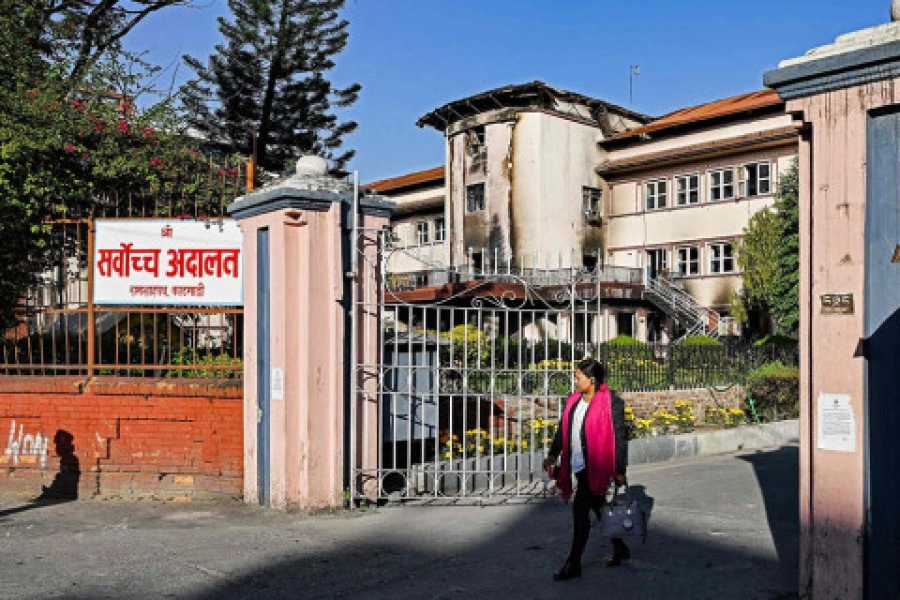
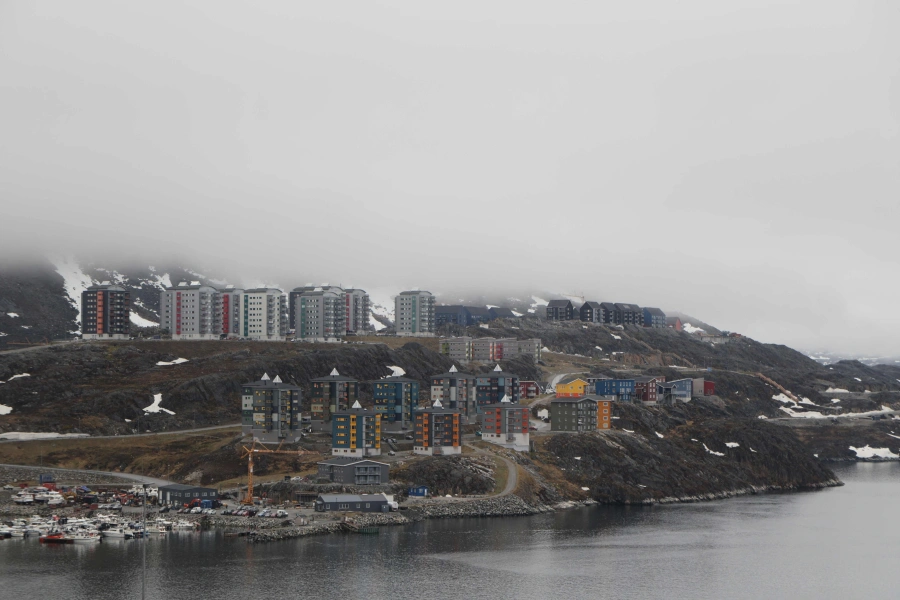







_20230315092704.jpg)




